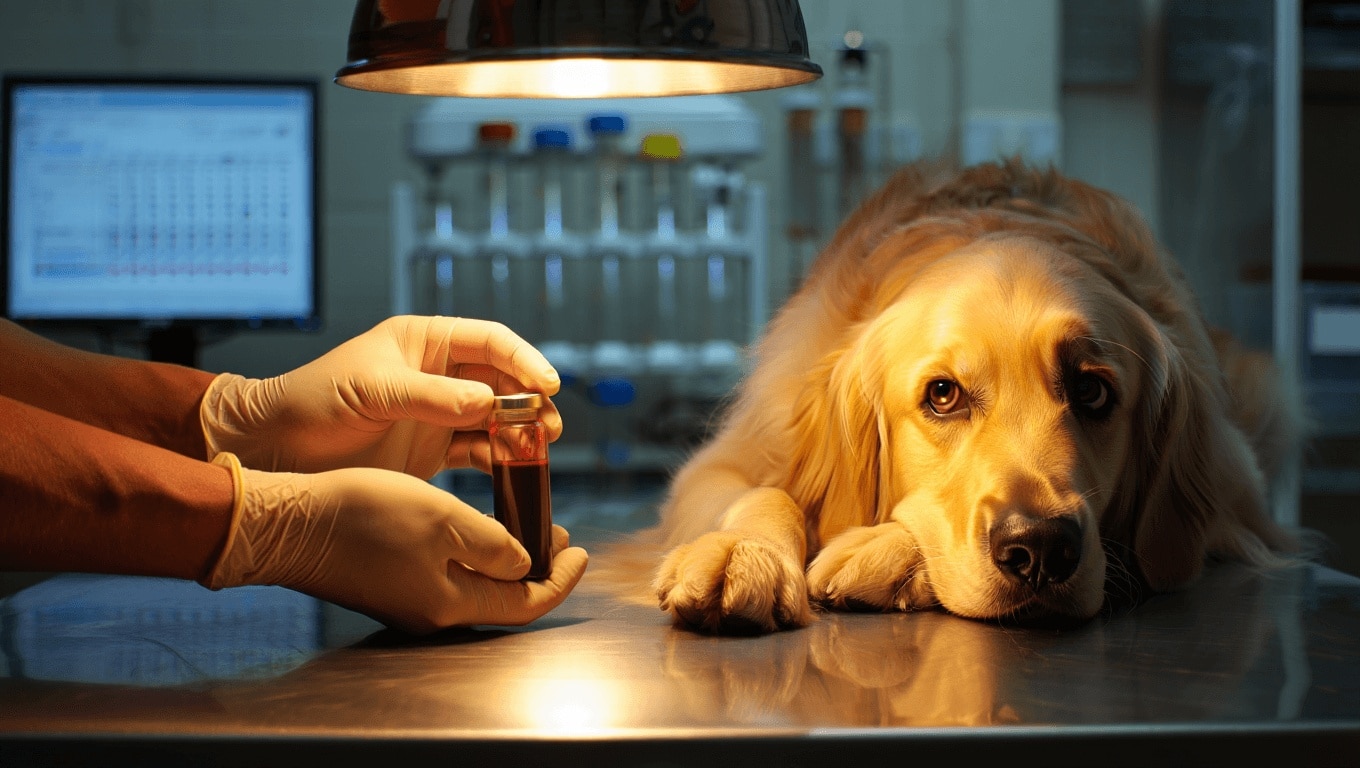In a groundbreaking study led by researchers from the United States and Israel, new insights into the biological aging process of dogs have emerged, revealing potential implications for understanding human aging. By analyzing blood samples from nearly 800 dogs as part of the “Dog Aging Project,” scientists have identified biomarkers that can predict the biological age and real-life expectancy of these animals, surpassing mere chronological age. This discovery not only enhances our understanding of aging in dogs but also suggests shared biological mechanisms with humans, opening new avenues for research into human aging.
Unveiling the Secrets of Aging Through Dogs
Night Flight Plus Streams Cult Classics Cable Won’t Touch Anymore
Rotate Your Subscriptions Like This to Save $1,200 This Year
The research, published in the journal Aging Cell, highlights the similarities between blood markers used to determine aging in both dogs and humans. According to the study, certain blood metabolites—chemicals in the bloodstream—change with age and serve as reliable indicators of aging in dogs. This finding is significant because dogs share many aspects of their environment and health care with humans, making them excellent models for studying aging processes.
Key Biomarkers Identified
Scientists identified a group of modified amino acids, known as ptmAAs, that are strongly linked to age in dogs, regardless of breed, size, or gender. These ptmAAs accumulate in the blood as kidney function declines with age, suggesting a mechanism that could explain variations in aging and health among different dogs.
Implications for Human Aging Research
Change This One Setting to Fix Blurry Streaming Quality
7 Streaming Services Americans Don’t Know Exist (But Should)
The study’s co-leader, Daniel Promislow, emphasized the potential of these findings to influence human aging studies. The similarities in aging markers between dogs and humans suggest that further research could utilize canine data to explore aging in humans. This approach could lead to more precise health monitoring and interventions that promote healthy aging across species.
Future Research Directions
Following the promising results, the research team plans to continue monitoring the same biomarkers in dogs over several years to gain deeper insights into the aging process in real-time. Additionally, they aim to investigate how factors like gut microbes and muscle mass influence these aging indicators. This ongoing research could refine our understanding of the complex biological processes that govern aging and pave the way for breakthroughs in promoting longevity and well-being in both dogs and humans.
Similar posts:
- Can dogs get addicted to their toys: What pet owners must know
- Unlocking the human body’s hidden “sixth sense”: Inside the ambitious project
- Sleep habits and brain age: How your sleep patterns affect your mental aging
- Brain activity during dreams: New findings reveal the mind never rests
- Paranthropus boisei: Did this hominid also use tools like humans?

Daniel Harris is a specialist journalist focused on the crossroads of breaking news, extraordinary history, and enduring legends. With a background in historical research and storytelling, he blends timely reporting with timeless narratives, making complex events and ancient myths resonate with today’s readers. Daniel’s work often uncovers surprising links between present-day headlines and legendary tales, offering unique perspectives that captivate diverse audiences. Beyond reporting, he is passionate about preserving oral traditions and exploring how extraordinary stories continue to shape culture and identity.

